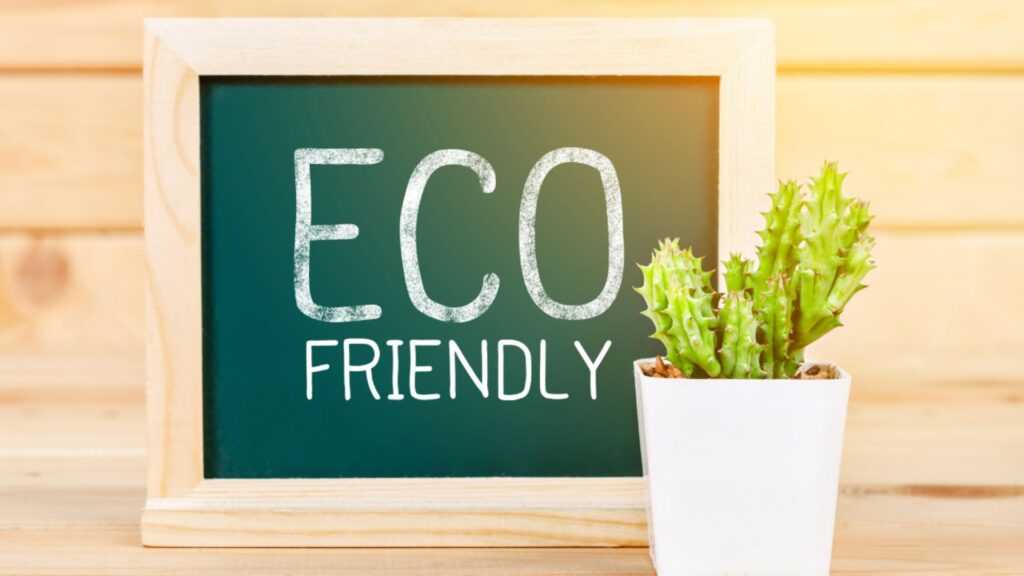
Here’s the truth: when you choose a composting toilet, you’re not just opting for a unique bathroom fixture; you’re making a profound commitment to sustainability and convenience that significantly impacts both your lifestyle and the environment. This choice goes hand-in-hand with several notable perks, such as reducing water usage and minimizing your carbon footprint. However, with these benefits comes an important responsibility: understanding how to manage composting waste properly. Knowing how do you empty a composting toilet responsibly is crucial for unlocking the full eco-friendly potential of your composting system. Proper disposal is vital, as it ensures that the waste cycle remains not only legal but also clean and beneficial to the environment.
Mismanagement can lead to health hazards or environmental damage, which undermines all the positive aspects of choosing a composting toilet in the first place. Therefore, it is essential for users to be well-informed about effective disposal practices. This comprehensive guide will cover everything you need to know—from grasping the fundamental principles behind composting toilets to meticulously following eco-friendly disposal steps that align with best practices. By doing so, you’ll not only enhance your own understanding but also contribute positively toward sustainable living practices that can inspire others in your community.
Overview of Composting Toilets
Composting toilets represent an ingenious and straightforward solution to the persistent problem of human waste management, offering a sustainable alternative that transforms waste through aerobic decomposition into nutrient-rich compost rather than contributing to the burdensome sewage systems we often rely on. These innovative systems operate by effectively separating liquids from solid waste, thereby optimizing the decomposition process.
By utilizing carefully controlled oxygen levels and moisture management, composting toilets facilitate a natural breakdown of waste materials, resulting in minimal odor production and significantly reducing the hassle typically associated with traditional toilet systems. Imagine a world where human waste is not merely discarded but rather repurposed into valuable compost that can enrich soil and promote healthy plant growth.
This not only minimizes environmental impact but also fosters a more sustainable approach to sanitation. Moreover, adopting composting toilets can lead to substantial water savings, as they do not require large amounts of water for flushing—an essential consideration in regions facing water scarcity. By making the switch to this eco-friendly option, households can contribute positively to both local ecosystems and global sustainability efforts while enjoying a cleaner and more efficient way of managing human waste. How do you empty a composting toilet properly is a crucial part of this sustainable approach to waste management.
The Air Head Composting Toilet, for instance, is designed with features that prevent leaks, contain odors, and allow for safe use in shower or wet areas, thanks to rubber gaskets on the lid, seat, and bowl. With a setup like this, waste is broken down naturally, leaving you with a compostable end product and organic matter that require responsible handling.
Why Responsible Disposal Matters
While composting toilets undeniably represent a significant step forward in eco-friendly sanitation solutions, it is imperative to understand that the correct disposal of the composted material is paramount. Neglecting to dispose of this material properly can result in serious environmental contamination, which can have detrimental effects on local ecosystems. For instance, compost that is not adequately treated can introduce harmful pathogens and nutrients into soil and waterways, disrupting the delicate balance of nature and potentially harming wildlife.
Moreover, such negligent practices could lead to violations of local health codes, exposing individuals and communities to legal liabilities. Responsible disposal practices are not merely a recommendation; they are essential for safeguarding natural resources and promoting ecological health. By ensuring that compost is introduced into the environment safely—either through appropriate application in gardens or by following local guidelines for organic waste management—we contribute positively to the ecosystem.
This conscientious approach not only protects our planet but also supports the well-being of our communities by minimizing health risks associated with improperly handled waste. In essence, embracing responsible compost disposal transforms a simple act into a crucial commitment to environmental stewardship and community health. A key aspect of this responsibility is understanding how do you empty a composting toilet safely and in compliance with local regulations.

Legal Considerations: What You Need to Know
Regulations around composting toilet waste vary by location. Before you empty your composting toilet, it’s essential to check local laws and guidelines:
- Local Health and Safety Regulations: Many areas have strict rules about composting waste to prevent contamination. Some places require specific treatment or restrict where composted human waste can be applied.
- Permitted Disposal Locations: Local landfills, composting sites, or waste management facilities may allow disposal but typically with guidelines on how to process the waste before disposal.
- Home Composting Guidelines: Some local laws permit composted waste to be mixed into personal compost heaps, provided it’s used for non-edible plants and follows certain treatment protocols.
Understanding how do you empty a composting toilet while adhering to these legal considerations ensures that you remain compliant while contributing to sustainable waste management.
Recommended Disposal Locations
Once you’re aware of the legal requirements in your area, consider these approved disposal options for composting toilet waste:
- Designated Composting Facilities – Local composting facilities often handle various organic materials, including composted toilet waste. You’ll need to confirm with the facility if they accept compost from human waste, as some only process yard or food waste. If accepted, these facilities ensure that the compost is processed further, providing a sustainable option.
- Public or Private Waste Disposal Sites – Some waste management sites may offer services specifically for composting toilet waste. Others prefer it to be disposed in general waste buns. Check with local landfill or transfer stations to see if they have designated areas or containers for this type of waste. These sites may have specific instructions, such as bringing waste in sealed bags or containers to prevent contamination.
- Home Composting – If allowed by your local health and safety codes, home composting is another option. However, human compost must be managed separately from food compost, with particular care to avoid using it on edible plants. For best practices, compost it in an isolated bin for at least a year, allowing it to fully break down before use on decorative plants, lawns, or trees.

Steps for Safe and Eco-Friendly Disposal
Disposing of composting toilet waste doesn’t have to be a challenging task. By following these steps, you can keep the process both simple and environmentally sound:
- Confirm Local Regulations – Begin by confirming your local disposal guidelines. Some areas have strict health codes, and disposal requirements can change over time, so always verify with local authorities or waste disposal sites.
- Ensure Waste is Fully Composted – Before emptying, make sure the waste has decomposed fully. Compost that’s dry, crumbly, and resembles soil indicates successful decomposition, which makes disposal easier and safer. How do you empty a composting toilet effectively? Ensuring the waste is fully broken down is a crucial first step.
- Transport Carefully – Use plastic bags or sealable containers to transport the compost. This prevents any accidental spills or exposure during the trip to the disposal site.
- Choose a Safe Disposal Site – Opt for one of the recommended disposal locations—designated composting facilities, approved waste sites, or a compliant home compost bin—to complete the process responsibly.
- Rinse & Clean the Composting Container – After emptying, clean your composting toilet container with water and a mild, eco-friendly cleaning solution. This keeps your toilet free from smell and in good working order for next use and reduces residual odors.
By following these steps and understanding how do you empty a composting toilet correctly, you can ensure compliance with regulations and contribute positively to environmental sustainability.

Environmental Impact: Why Responsible Disposal Is Essential
Responsible disposal of composting toilet waste has significant environmental benefits. By composting waste, we reduce reliance on water-based sewage systems, lower water pollution, and promote soil health through the natural nutrient cycle. Composting toilets like the Air Head minimize odors, leaks, dirt, and contamination risks, making them a sustainable choice when used correctly.
Without proper disposal, composting waste could leak into water supplies or release harmful bacteria into local ecosystems. By following disposal guidelines, you’re doing your part to protect wildlife, keep waterways clean, and reduce overall waste.
Resources for Responsible Disposal
For additional support in finding approved disposal sites or understanding your local regulations, consult these resources:
- U.S. Environmental Protection Agency (EPA) The EPA provides national guidelines and environmental recommendations on human waste disposal. Visit the EPA website.
- City or County Waste Management Departments Most city or county government sites offer specific information on waste disposal, composting programs, and approved compost facilities.
- Sustainable Waste Services Some private companies specialize in eco-friendly waste disposal, including composting waste from toilets. Research local options in your area to see if such services exist.
For additional information on how composting toilets work, check out our How It Works page.
Conclusion: A Sustainable Waste Cycle
Knowing how do you empty a composting toilet responsibly is essential for both environmental sustainability and legal compliance. With a bit of research and planning, you can ensure that composted waste is disposed of safely and beneficially. Composting toilets are designed to be a green, convenient alternative to traditional toilets, and by disposing of waste correctly, you’re closing the loop on a truly sustainable waste cycle.
Whether you’re using a public facility, a private waste site, or your own composting setup, make informed choices to protect the environment and promote a cleaner future. Embrace the eco-friendly impact of your composting toilet by committing to responsible waste disposal!







